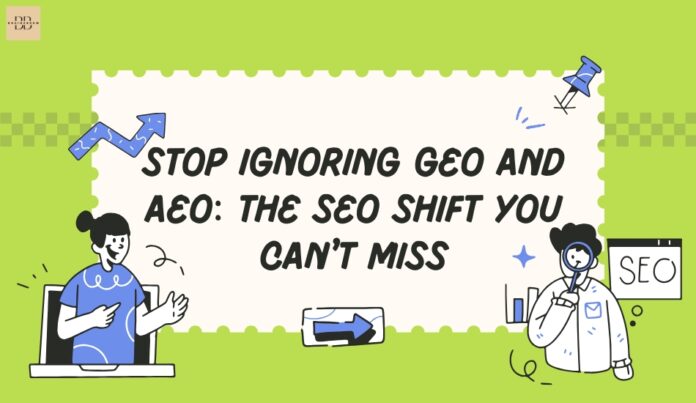For years, we only heard about SEO (Search Engine Optimization) when it came to website ranking. But, as with every other industry changing with AI, new updates have arrived in the way of SEO strategizing as well.
Modern ways to increase awareness about your website have arrived. The terms in question are AEO (Answer Engine Optimization) and GEO (Generative Engine Optimization). Following, we will be talking about what these terms actually signify, how these are affecting your search results, and ideas of incorporation that you would need to adapt to for a better future in the Search landscape over online platforms.
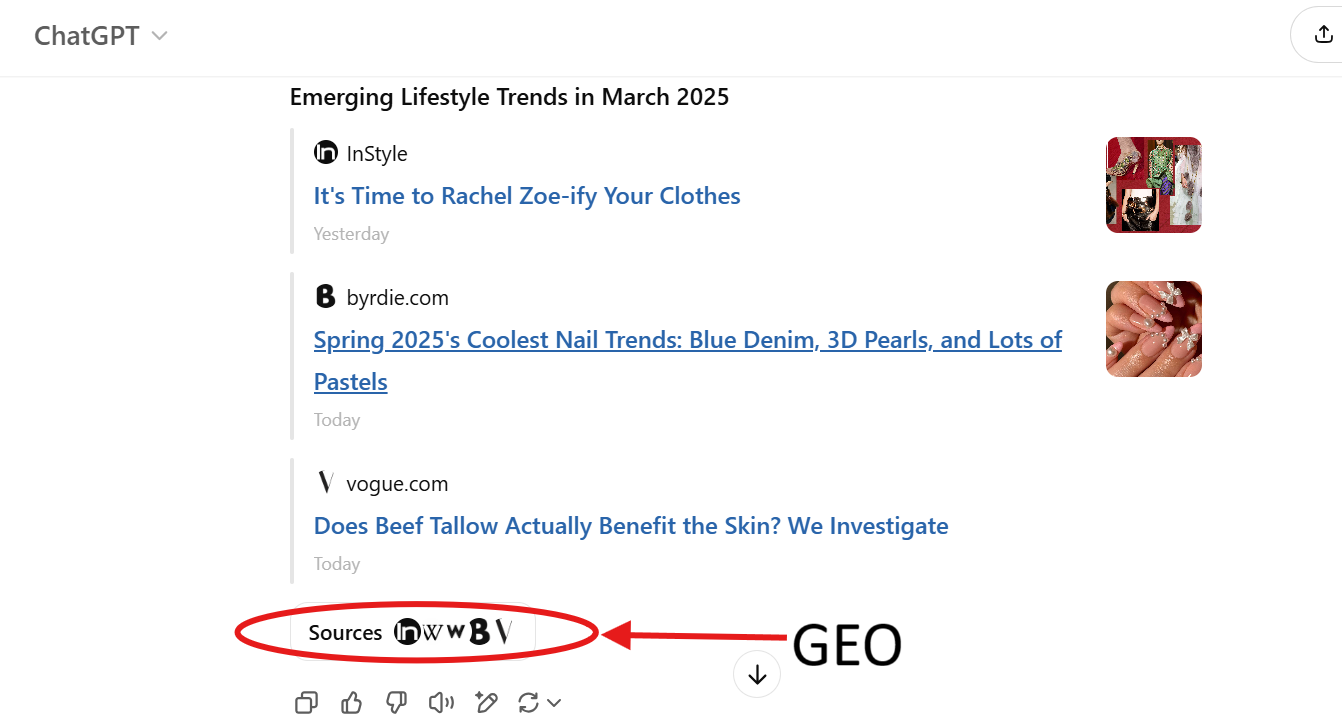
What is GEO?
Traditional SEO deals with improving your page or website on search engines such as Google or Bing. In comparison, GEO’s main aim is to get AI-driven models such as Gemini to analyze and suggest your page in its tailored response to a user’s query.
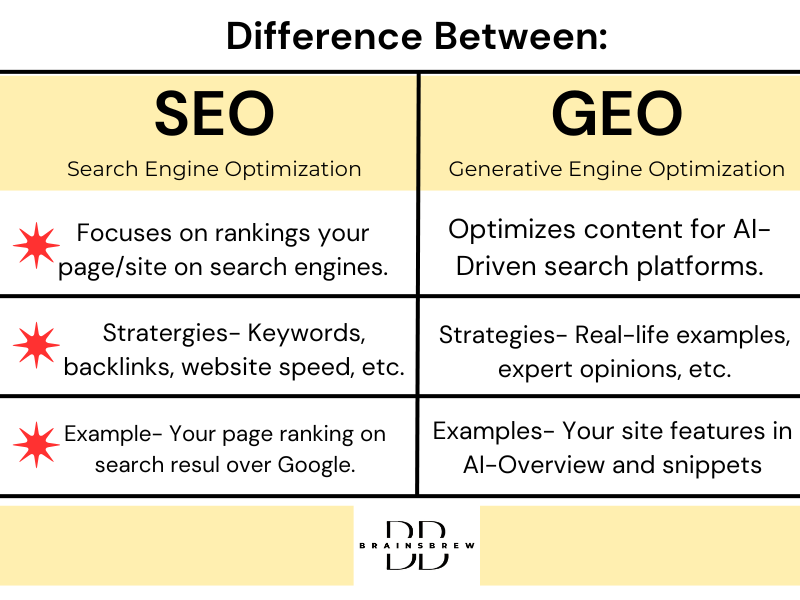
What is AEO?
If you use browser engines to search for things then you must’ve noticed the changes over the years. People now conduct a voice search instead of typing in the query every time. Direct answers by models like Siri, Alexa, and the like come in the way, and that’s where you lose viewership on your website as they don’t get to scroll over the full piece.
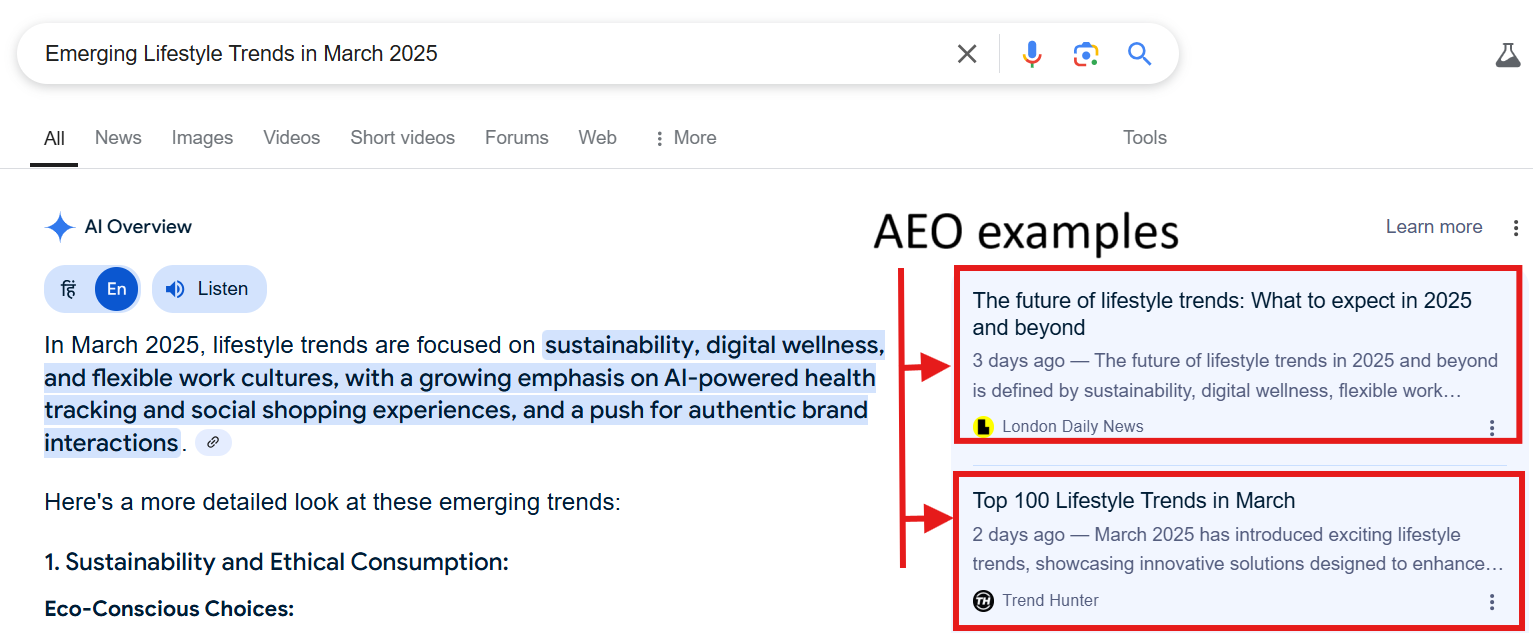
Answer engine optimization examples include when Google suggested similar questions to a query we asked on the web page that could directly feature from the site. But that is slowly being replaced by features such as snippets and overviews powered by AI.

Is Answer Engine Operation: The New SEO Trend or Its Replacer?
SEO becomes an essential thing which majorly all the websites do in their best way as they can to include their platform on higher search platform ranking. But can answer engine optimization (AEO) be the next SEO? Yeah, that’s a definite no until right now. It’s a part that should complement your site strategy, not substitute it.
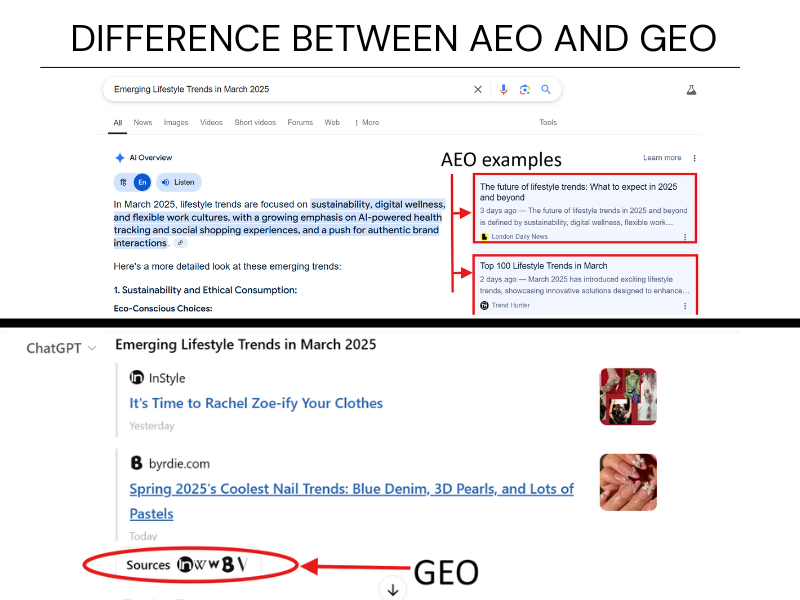
While both processes deal with optimizing your content to get it picked up by AI agents, We can say that the main difference between AEO and GEO lies between the place the AI is using and showing your website content on.
Among the most popular Answer Engine Optimization examples right now is how a Google search gives out an AI Overview to your asked question directly. On the right panel, you can see that the search platform has linked to the websites on which it has used to base the answer on.
For GEO, it reveals its sources just like in the previous process but that’s inside your chat on AI platforms like ChatGPT or Gemini. Digital marketing guru, Neil Patel, shared a personal example shared on this trendy SEO strategy:
“Imagine if you are using a lot of signals and they start asking you questions like, “What Are The Top Ad Agencies” and believe it or not, we’ve picked up clients from ChatGPT recommending us.”
What are some of the Answer and Generative Engine Optimization Best Practices?
1. Add Credible Content
Focus on adding unique perspectives alongside quotations from industry experts about your field/niche. For example, instead of simply laying all the facts in a paragraph, add the accompanying statistics and other structured data to match your content. Other ways to build up better chances that come in generative engine optimization best practices include:
- Addition of Expert Opinions and industry experts (with backlinks)
- Incorporation of your personal journey. •Relevant studies or tables backing up the content or opinion.
2. Use Natural Language
You might’ve seen that the result answered by both AI agents whether in the voice over field or their snippet/overview form are quite simple to understand. This tells us that it’s time to move away from an authoritative or complex text tone into something that’s more easy to understand and natural.
3. Building Content Under Specific Topics Queries
Instead of fluff pieces explaining the same again and again, offer direct answers with a little bit of background, if needed. You can get the answers to what the world is searching for right now through general social media research. AI-powered tools such as EnGenius and SEO.AI have already started to harvest the power of the aforementioned field to suggest to users where their website or platform lacks.
4. FAQ Schema
With direct answers to the long tail keyword question, you’ll get a better chance to be featured in the new age search engine extractions. It’s important that your answers to any niche or topic you are writing are always the current relevant information in the field. So, remember to update even previously published posts every time you think your previous content needs a touch-up.
5. Enhance Brand Content
If you are just relying on a single medium for your company, brand, or personal page, then it’s time to pay attention and make or update your presence on other types of online platforms as well. For example, start posting consistently across your Instagram if you are only majorly adding posts to TikTok.
This helps the AI to understand your brand tone and build up and even store knowledge when it comes across your name through different channels.
6. Local SEO Integration
Businesses can leverage Local or Geographical AEO-GEO when you add your business’s profile with the latest information about your industry, relevant information about your company, and using location-based keywords. Both AI platforms and voice-controlled virtual assistants recommend them based on the user’s radius.
Conclusion
As the technology updates, new and newer changes will keep on coming. The introduction of AEO and GEO is probably the biggest change in the SEO field for the past 10 years. Remember to keep your existing online marketing going on but update it with the aforementioned best practices for better chance of visibility between search platforms.

